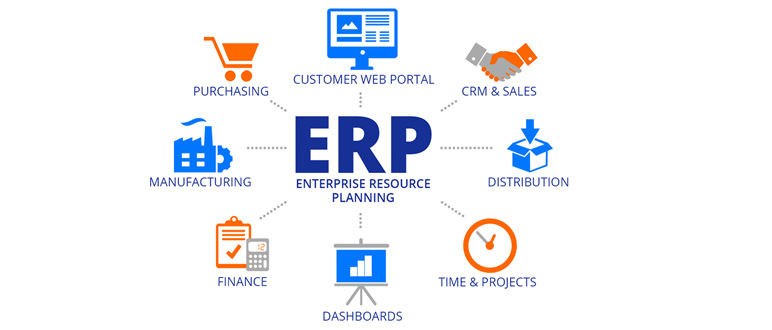The digital transformation of companies is becoming a success thanks to certain key players bringing together various expertises. These actors form a multi-dimensional team that remains constantly innovative.
This team plays an invaluable role in driving change within the company. In Africa in particular, and in any organization, the paradigm shift is poorly perceived because of habits, customs and especially the fear of the unknown.
Setting up a digital transformation unit requires some time to reflect
First of all, it is necessary to ensure the level of competence of the actors to be recruited. In addition, the team dedicated to digital transformation must adopt a new spirit. Therefore, it will need to exploit the company’s capabilities in order to rethink the model and the processes.
We present you 5 key players in the digital transformation of companies. These profiles must absolutely be on your recruitment list, if you don’t already have them internally. A successful digital transformation follows this principle.
1. The Digital Project Manager
The Digital Project Manager must have good general knowledge and proven experience in managing the various aspects of digital transformation. He is the cornerstone of the project. He is the metronome of the team. The Digital Project Manager has a balance of technological and business skills to manage both technical solutions and the achievement of business objectives. He also ensures the coordination of the whole team.
2. The change manager
This essential player in the system must have expertise in communication, cultural and organizational change. He is the apostle of change, an evangelist who advocates the adoption of a new paradigm.
As such, he or she serves as a conduit between management and other staff members. He or she must be agile enough to adapt to unexpected changes and shifts.
3. The IT engineer
The IT engineer designs the appropriate IT architecture for the success of the digital transformation project. He/she assimilates all available technology and must be able to imagine the technology that will be used in the future.
This actor at the heart of the system has a good understanding of the various technological architectures and integration models to take advantage of existing capabilities.
4. The Data Architect
The Data Architect is essential. He or she will describe the various use cases for data collection and guide how analytics projects will be implemented across the enterprise.
5. The UX / UI Designer
With the end user at the center of the customer experience, the UX/UI Designer must ensure that the proposed solutions take into account the fundamental needs of the end user.
Therefore, this actor, friend of the end-user, must be an expert in the field of design centered on human interaction. He or she has a critical eye for the technological solution, which must be primarily intended for customers who no longer want boring user manuals.




